Like the documentary journalist Iain Overton, author of this book, I was taught to shoot and maintain a gun as a boy. As an adult I joined a campaign to monitor, curb and limit the arms trade. I taught my children good gun protocols and how to shoot. There is an undeniable pleasure in shooting.
When I moved to Texas I immediately bought a black powder Navy Colt with which to practise the cowboy spins, rolls and shifts I had learned as a boy. The thing Bible-belt Baptists, Bedouin tribesmen, Brazilian drug-barons and Boer farmers have in common is a love of guns. Guns are in our DNA. Yet statistics prove that, wherever they proliferate, murder and suicide rise and children are killed. The mantra of the NRA (National Rifle Association) of ‘guns don’t kill people; people kill people’ sounds convincing until it’s changed to ‘guns don’t kill children; children kill children’. The statistics are overwhelming.
Unlike Michael Moore, who in Bowling for Columbine fudged his statistics and loaded his arguments so much that he weakened his own case, Overton has checked his facts and his statistics thoroughly and wherever possible interviewed all concerned, whether in the Americas, Africa, Europe, Australia or Asia. As a result his book is chilling.
There are probably as many guns in the world now as there are people. Unlike refrigerators, cars or vacuum cleaners, guns have to be made to last. This means that new markets constantly have to be found. Whenever a school shooting, in particular, happens in the USA there is a predictable, but by no means widespread, call for stricter gun laws — and the sales of guns rise sharply. In a climate of fear, in spite of a declining crime rate, many Americans go out to buy themselves an AK-47.
Their decision is supported by a liberally interpreted constitutional amendment, a national organisation originally intended to train young marksmen, an aggressive gun industry and an almost mystical association of the gun with ‘freedom’. For the British the symbol of government interference is the hated identity card. In the USA the symbol is gun control. The NRA is today essentially a trade lobby, but there are direct Washington lobbyists for the likes of Smith &Wesson, Glock and the rest, most tottering from one financial crisis to another whenever the trade reaches saturation. Enormous gun shows attract millions of men, some women and no black people at all. Increased militarisation of police creates firepower quite inappropriate, even for Rio, Johannesburg or New Orleans.
Overton presents a compelling argument for gun control as he follows the money back to the makers, dealers and men of violence profiting from what is essentially an addiction. Men respond as fiercely as speed freaks to any threat to take away their porn, cars or guns. You don’t have to be a committed Freudian to work that one out. And the ‘liberties’ most Americans seem to be defending have very little to do with the right to vote or equality under the law.
According to Gun Baby Gun over 1,000 companies from some 100 nations make guns and ammunition. That’s about eight million a year at a low estimate. America alone produces nearly six million. Italy, France and Britain are major makers, while Russia and China are too secretive to publish figures. And the profits are enormous, often being of crucial importance to national economies.
Kalashnikov, creator of the universally popular AK-47, had really wanted to produce tractors. The original gunsmiths were barely aware of their products’ ultimate use. They were absorbed in solving technical problems, working out means of mass production. Remington began by making typewriters and sewing machines, Winchester made toilet equipment and the mighty Glock began by designing curtain rings. As Overton points out: ‘The principles of production were all the same — it is just that guns have a very different use to other mass-produced items.’ In fact Samuel Colt’s particular success with the Navy model I bought in Texas was that it was the first pistol which could be mass-produced in huge numbers. Because it was so reliable and parts easily replaced it became the most popular revolver in the world.
One fact hardly mentioned in this relentlessly engrossing book is the importance guns had in American territorial expansion. There was never such a large civilian domestic market anywhere else, and historically it allowed the manufacturers enormous power to consolidate and protect their interests. While many American liberties had to be reinterpreted and fought for, like free speech, the Second Amendment was a gift to the gun business. It, too, is capable of different interpretations but in this, as in religion, the majority seems to prefer the toxic fundamentalist interpretation to a more moderate one.
Got something to add? Join the discussion and comment below.
Get 10 issues for just $10
Subscribe to The Spectator Australia today for the next 10 magazine issues, plus full online access, for just $10.
Available from the Spectator Bookshop, £16.99 Tel: 08430 600033
You might disagree with half of it, but you’ll enjoy reading all of it. Try your first month for free, then just $2 a week for the remainder of your first year.

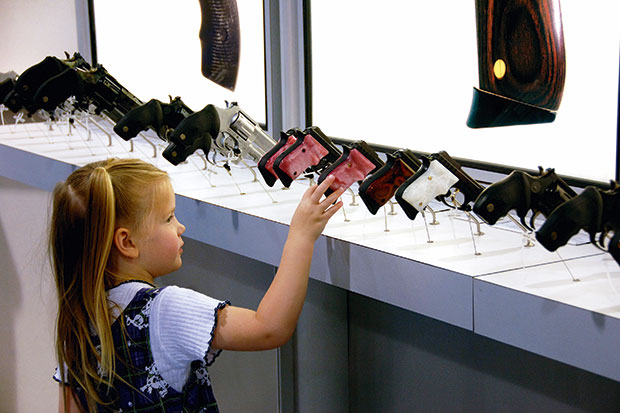
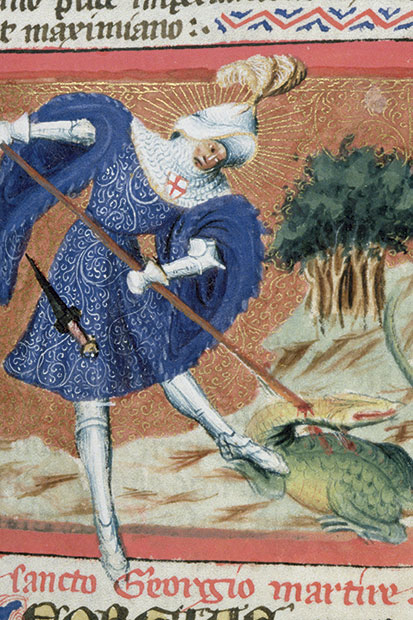
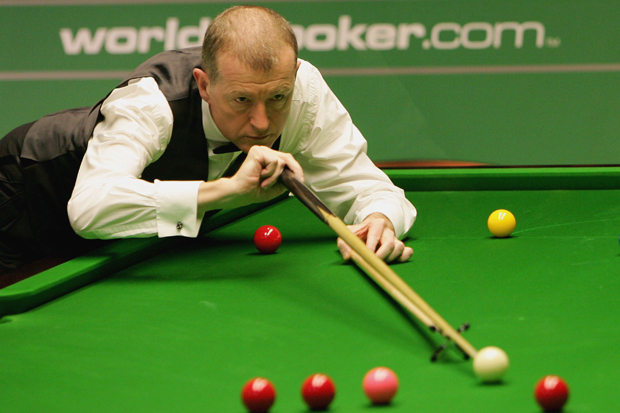
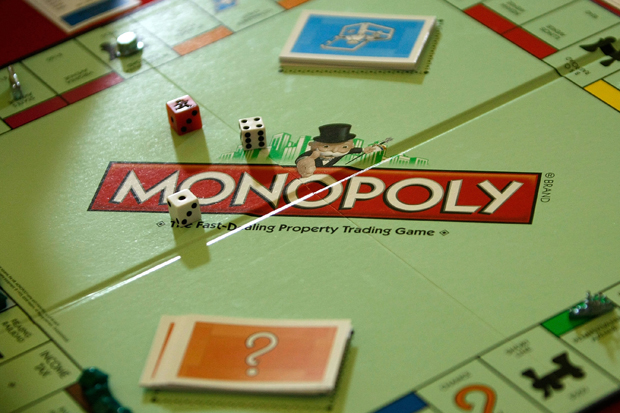

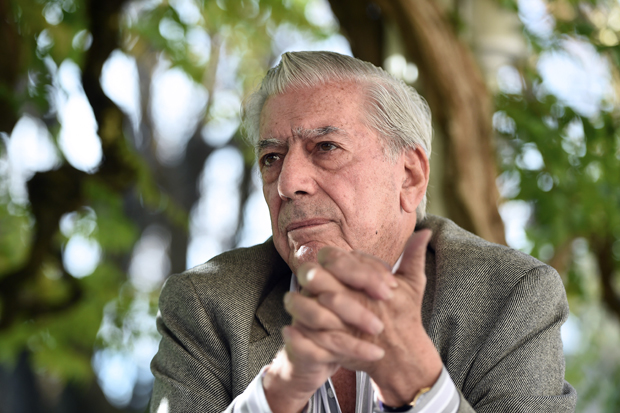
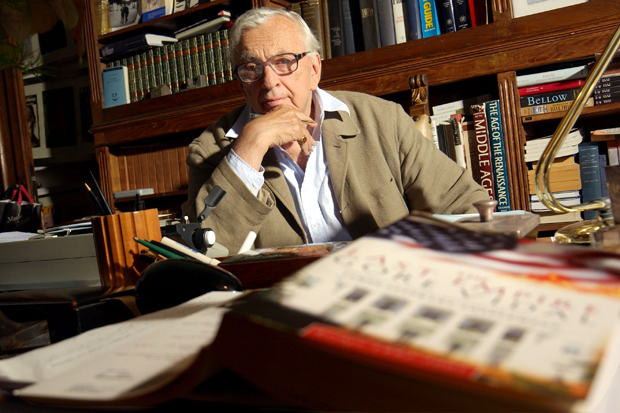






Comments
Don't miss out
Join the conversation with other Spectator Australia readers. Subscribe to leave a comment.
SUBSCRIBEAlready a subscriber? Log in